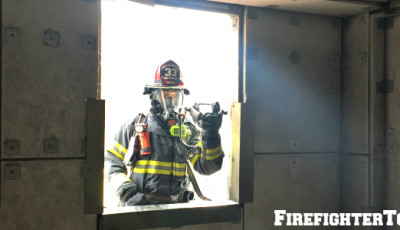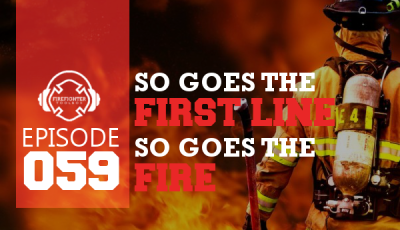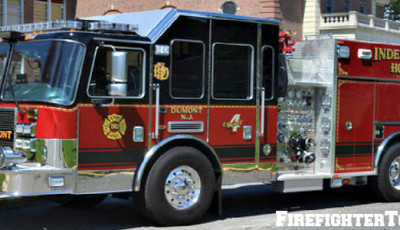Tactical Ventilation – More on the “Where or Where NOT”
Photo Courtesy of Jefferson County
As we continue to discuss the “where” about venting a structure, we must spend some time talking about the where NOT to vent.
Over my time in the fire service I have spent a considerable amount of time studying fires that did not go well. I strongly encourage you to do the same.
Look at those incidents through a microscope, think long and hard about each component of the attack. From resources, personnel, water supply, attack line selection and placement, size-up, and my favorite, ventilation; or the lack there of.
The one common theme I have found is these events (ones we are on and ones we have watched) all go poorly for more than one reason. They are in my words a “cluster” of poor choices and poor decisions. This is not to point fingers or criticize any person or person(s), but to learn and not make those mistakes on the next job.
Let’s now look at poor ventilation choices.
In this case the ever popular “vent everywhere and everything” theory. This approach, although very popular in our business, has been the demise of many a good building and unfortunately some good firefighters. We cannot and must not continue with the mindset that breaking every window and door without regard to purpose is a “good” thing.
Unless your attack plan involves burning the structure to the ground utilizing strictly defensive tactics, someone must take control of the vent/attack plan and prevent one of us from doing just that very thing. God help those that are inside trying to make a push when some overzealous individual or team decides this approach is the wise approach.
Another huge mistake made fairly often is venting behind the advancing attack crew. This tactic has and almost always will result in really bad things happening.
Remember the “what happens” article you read previously? Venting behind the crew creates a flow path back toward the attack or search team(s)that normally results in rapid fire spread that tends to overrun the attack crew.
I had the unfortunate occasion to witness this event during a dwelling fire. In this incident a member of the attack crew vented a picture window behind their advance, within 60 seconds the first floor was well involved. Both members survived with permanent scars and a fair amount of pain. For the vent team, or truck crew, we must know where the attack crew is moving from and to before we vent. Also don’t forget the search team location.
Basements!
One other important situational venting practice I want to touch on is basements.
The approach to these events are in my humble opinion the most dangerous we face. In areas or districts that have basements, the RULE we must abide by, is verify the fire is not in the basement before we enter and begin venting procedures above the basement.
One person on every crew must be assigned to this verification practice. If we verify, and I mean verify, the fire is not in the basement then proceed accordingly. If the fire is in the basement, then vent low (basement) before entering the structure, then attack from the basement level when possible. Too many of our brothers and sisters have paid a dear price for approaching these fires in a “traditional” fashion.
Until next time, stay low and vent appropriately!











